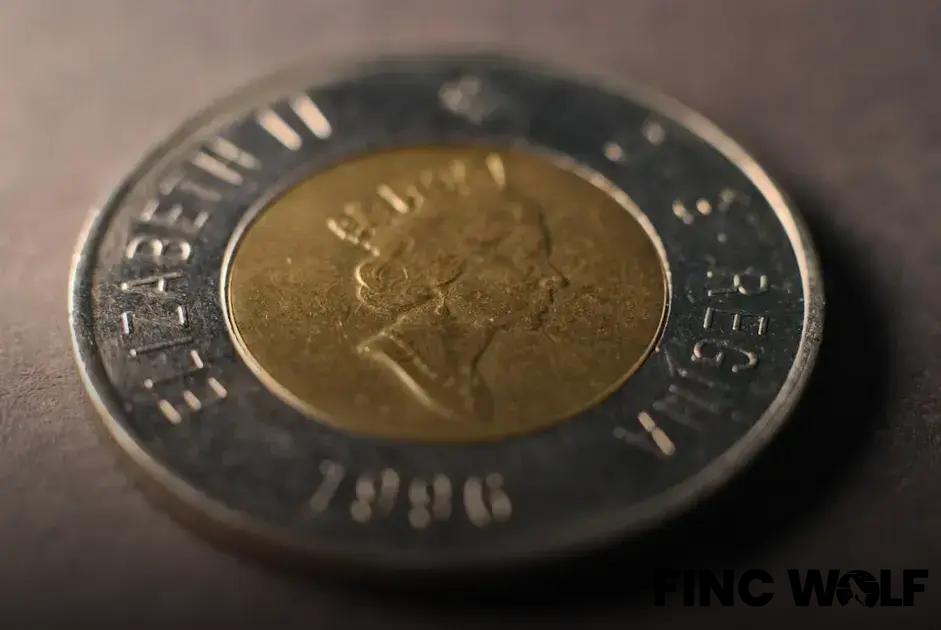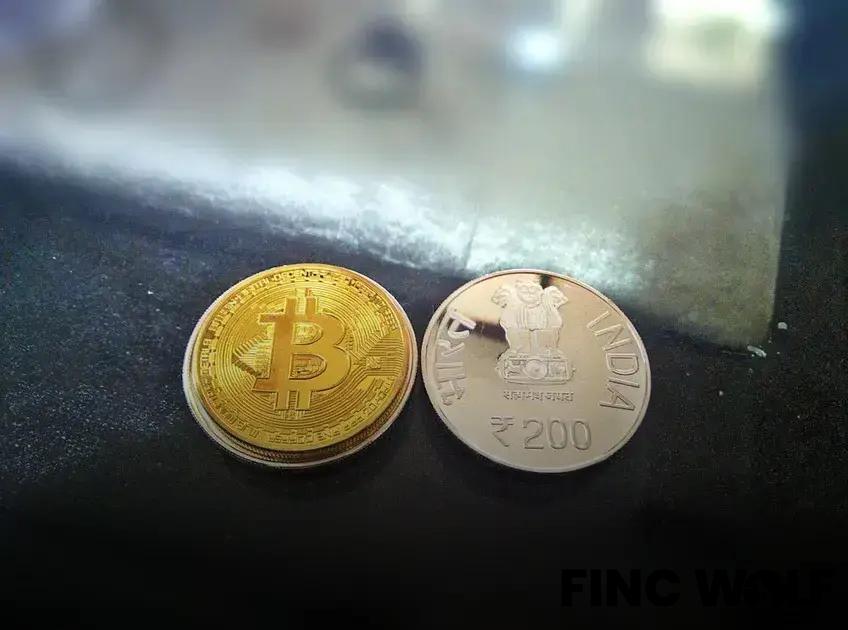The NFT market has stirred significant buzz in recent years, leading investors to question their viability in 2025. In this blog post, we will explore various aspects of NFT investments, from market trends to expert predictions, to help you determine if these digital assets remain worthy of your portfolio. Stay tuned as we dive into the potential and pitfalls of NFTs and compare them with other digital assets.
The Rise of NFTs and Their 2025 Potential
Over the past few years, NFTs have dramatically transformed from a niche technology into a mainstream financial instrument. Their utility and high profitability have attracted diversified audiences ranging from artists to investors. By 2025, experts predict that NFTs will further integrate into industries such as gaming, real estate, and even fashion.
One major factor contributing to the proliferation of NFTs is their enhanced transparency and ownership security. Blockchain technology ensures that each NFT is unique and cannot be duplicated, providing both creators and buyers with verifiable authenticity and ownership.
As smart contracts become more sophisticated, NFTs could play a pivotal role in facilitating decentralized agreements effortlessly. For instance, in the art world, royalties can be automated to provide artists with a recurring income every time their work is resold, establishing a more equitable revenue model.
By 2025, it is anticipated that NFTs will not only serve as collectibles but also encompass utility-driven value. Gamers might utilize NFTs to tokenize game items, while property rights could be evidenced through NFT ownership. This comprehensive scope indicates that NFTs will diversify, potentially reshaping how we define ownership and value in the digital era.
The future of NFTs promises more collaborative platforms where artists, brands, and consumers engage directly, fostering ecosystem growth. As regulations around digital assets continue to solidify, NFTs might gain further legitimacy, contributing to their sustained demand in various sectors.
However, staying informed about the advances in this dynamic field is crucial. Investors should be on the lookout for platforms that innovate and offer tangible utilities aligned with emerging market needs, maximizing their potential returns.
Risks Involved When Investing in NFTs

Investing in NFTs brings various risks that potential investors must consider before diving into this digital asset realm. One main risk is market volatility. The value of NFTs can fluctuate wildly due to hype cycles, trends, or changes in the broader cryptocurrency market. With the ups and downs, knowing when to buy or sell can be challenging.
Another concern is liquidity issues. Unlike stocks, NFTs may not always have a ready buyer, which can make it difficult to cash out quickly without accepting a significant loss.
Fraud and scams
are also prevalent challenges. With the anonymous nature of blockchain, NFT marketplaces sometimes become targets for fraudulent activities, resulting in buyers acquiring fake or worthless assets.
Furthermore, technological risks such as platform security and blockchain forks present potential threats. If the platform where you store your NFT encounters operational issues or if a blockchain splits, the value and accessibility of your collection can be affected.
Lastly, the regulatory landscape remains uncertain. As governments and financial institutions try to catch up with digital evolution, new regulations could impact the perceived value or legality of NFTs. Staying informed and cautious will therefore be crucial for investors navigating the NFT space in 2025.
Successful NFT Strategies in the Future Market
Exploring the future market, strategies for successful NFT investments become paramount as the industry evolves. To begin with, it’s crucial to understand market dynamics by actively monitoring trends and emerging technologies affecting NFTs. Staying informed allows investors to pivot strategies quickly, ensuring a competitive edge.
First and foremost, diversification is key. Rather than concentrating investments in a single type of NFT, consider spreading assets across various categories, such as art, virtual real estate, and gaming. This strategy helps mitigate potential losses, as performance can vary significantly across categories.
Additionally, conducting thorough due diligence is essential. Evaluate the credibility and background of NFT creators, as well as the platforms facilitating their sale. This due diligence minimizes the risk of engaging in projects with unsustainable business models or questionable ethics.
Adopting forward-thinking strategies entails embracing collaboration. Partnering with other investors or joining NFT investment groups can provide insights and share expert advice, fostering a stronger strategic foundation.
Lastly, leveraging opportunities in staking or fractional ownership can offer alternative revenue streams. These innovative approaches allow for greater participation and flexibility in investments, maximizing returns by capitalizing on new market trends.
Expert Opinions: Will NFTs Sustain Their Value?

As we delve deeper into the world of NFTs, diverse viewpoints from industry professionals shed light on their future value. Experts in the field share varied opinions on how NFTs will evolve by 2025. Some believe that NFTs will maintain their allure, driven by innovation and the growing interest in digital ownership. The unique digital tokens could revolutionize how we perceive ownership of art, music, and even virtual real estate.
Industry analysts often point out the technological advancements that might enhance the utility of NFTs. With improvements, the integration of blockchain technology into other sectors could expand the use cases for NFTs. This might sustain or even boost their market value.
However, it’s crucial to consider the volatility associated with these digital assets. Many professionals caution that without clear regulations and frameworks, the market might face unpredictability. Stability might rest on widespread adoption and a securer market landscape. This is echoed by seasoned investors who advise keeping an eye on emerging regulations and market shifts.
In addition to regulatory perspectives, cultural shifts might also play a significant role. As digital natives become more prevalent, their comfort and interaction with digital assets like NFTs may solidify NFTs’ position in the digital economy. The cultural acceptance and desirability of digital collectibles could be a key factor in sustaining their value.
Moreover, financial experts argue for diversifying NFT portfolios to mitigate risks. By exploring different categories such as art, gaming, and virtual real estate, investors might secure stable returns. The quality of digital assets and the reputation of the platforms they’re built on are essential in influencing long-term value.
Comparing NFTs with Other Digital Assets in 2025
While NFTs (Non-Fungible Tokens) have revolutionized the way we perceive digital ownership, it’s essential to compare them with other digital assets in 2025 to understand their unique value proposition. NFTs distinctly stand apart due to their capacity to authenticate and confer uniqueness. In contrast, other digital assets like cryptocurrencies are interchangeable by nature.
The main difference lies in fungibility. Traditional digital assets such as cryptocurrencies represent fungible tokens, meaning each unit is identical in value and can be exchanged equally. For example, one Bitcoin holds the same value as another Bitcoin. However, NFTs are non-fungible, possessing unique properties that can include anything from art, music, to in-game items. This uniqueness is encoded on the blockchain, ensuring a record of originality and ownership.
In 2025, the comparison extends to the practical utility of NFTs versus other digital assets. While cryptocurrencies like Bitcoin and Ethereum continue to be predominantly used for transactions and investment, NFTs have penetrated sectors like the art world, gaming, and even real estate. They offer a method for artists and creators to monetize digital creations uniquely, conferring value that extends beyond monetary aspects.
Furthermore, NFTs provide a new dimension of access and participation. As virtual worlds and metaverse platforms evolve, NFTs enable users to have exclusive access to experiences or products, which other digital assets cannot provide in the same way. This exclusivity could lead to a continued growth and adoption of NFTs in 2025.
Ultimately, while both NFTs and other digital assets are integral components of the evolving digital ecosystem, their applications are distinct. NFTs offer potential for growth primarily through their linkage to exclusivity and unique ownership, distinguishing them profoundly from other digital counterparts. As the digital landscape grows, how these assets complement and challenge each other is pivotal to their perceived value and utility.
Predictions and Trends for NFTs in 2025

Looking towards 2025, the NFT landscape is poised for significant evolution. Industry experts project that NFTs will integrate more deeply with virtual and augmented reality, enhancing digital experiences like never before. As blockchain technology advances, the scalability and environmental impact of NFTs are anticipated to improve, making transactions more efficient and sustainable.
The emergence of new platforms and marketplaces focusing on niche categories like virtual real estate and metaverse assets will likely diversify the NFT market. This diversification could open doors for new investment opportunities as these virtual goods gain substantial cultural and monetary value.
One major trend predicted for 2025 is the evolution of NFT utility. Beyond simply representing digital ownership, NFTs are expected to offer increased functionality, such as granting access to exclusive content or membership privileges, driving their adoption across different sectors.
The regulatory landscape for NFTs is also worth watching, as governments might implement new policies to protect investors and promote fair market practices. This could shape how NFTs are traded and maintained, impacting their role in investment portfolios.
Considering these trends, staying informed about technological advancements and adapting to market changes will be crucial for potential investors. With continued innovation and increased acceptance, NFTs could remain an intriguing investment option by 2025.





